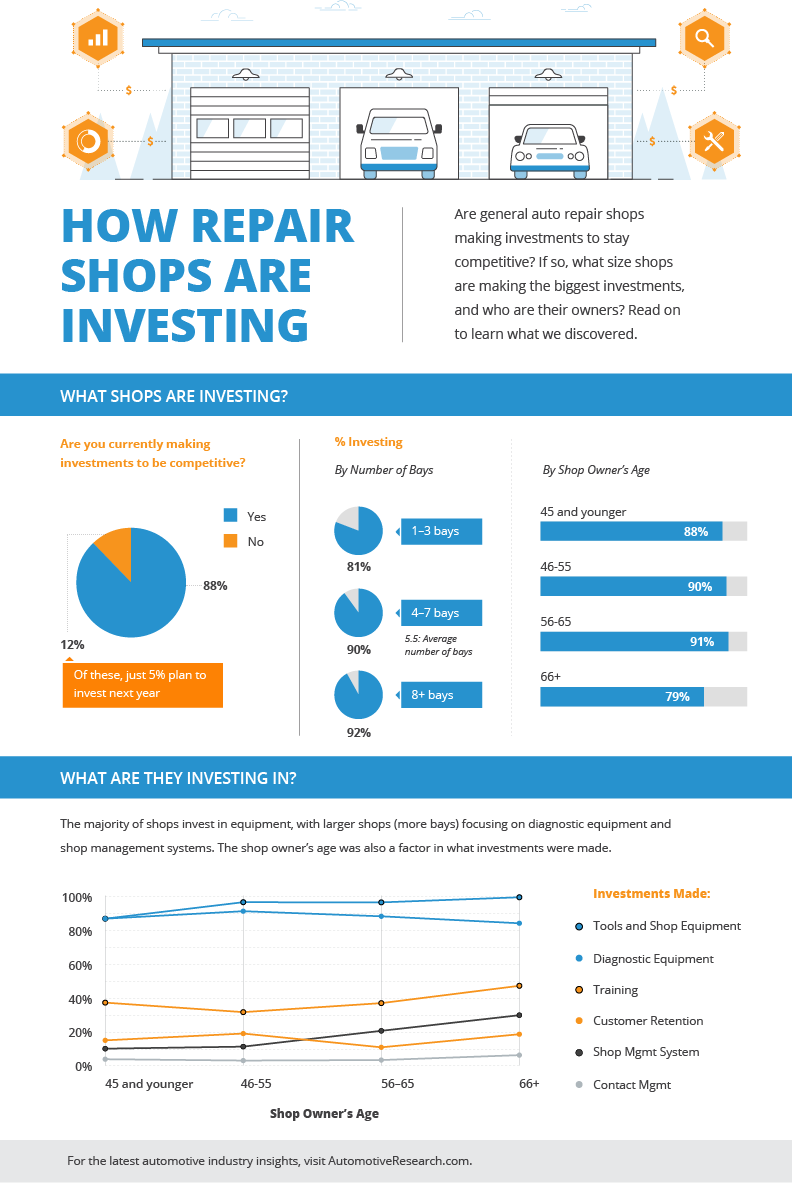Examining Your Automobile'S Warning Indicators: What They Really Communicate
Examining Your Automobile'S Warning Indicators: What They Really Communicate
Blog Article
Content Writer-Lim Winters
When you're behind the wheel, those beautiful caution lights on your control panel can be a little bit difficult. Do you recognize what they're attempting to inform you about your auto's wellness? Understanding the relevance of these lights is important for your safety and the long life of your automobile. So, the next time among those lights pops up, wouldn't you wish to understand its message accurately and take the needed actions to resolve it?
Common Warning Lighting and Interpretations
Determine typical caution lights in your auto and recognize their meanings to ensure secure driving.
The most regular caution lights include the check engine light, which signifies issues with the engine or exhausts system. If this light comes on, it's essential to have your vehicle inspected immediately.
The oil stress advising light indicates low oil stress, requiring immediate focus to avoid engine damages.
A flashing battery light might recommend a defective charging system, possibly leaving you stranded if not dealt with.
The tire pressure monitoring system (TPMS) light notifies you to low tire stress, affecting vehicle stability and gas effectiveness. Overlooking this might bring about dangerous driving problems.
The ABS light shows an issue with the anti-lock stopping system, jeopardizing your capability to stop rapidly in emergencies.
Finally, boat cleaning service cautioning light warns of engine overheating, which can result in severe damage otherwise solved swiftly.
Recognizing these common caution lights will certainly assist you resolve concerns quickly and maintain safe driving problems.
Value of Prompt Focus
Comprehending the common caution lights in your car is only the very first step; the value of quickly resolving these cautions can't be stressed enough to ensure your safety and security on the road.
When a caution light illuminates on your dashboard, it's your vehicle's means of communicating a potential concern that requires interest. Disregarding these cautions can cause more severe problems in the future, endangering your safety and possibly costing you a lot more in repairs.
Trigger interest to cautioning lights can prevent failures and mishaps. For instance, a blinking check engine light might suggest a misfire that, if left neglected, can trigger damage to the catalytic converter. Addressing this quickly can save you from a costly fixing.
Likewise, https://www.underhoodservice.com/auto-pros-on-the-road-turning-wrenches-european-auto-repair-louisville-ky/ cautioning light may signify low brake fluid or worn brake pads, important parts for your safety when driving.
DIY Troubleshooting Tips
If you see a caution light on your dashboard, there are a few do it yourself fixing suggestions you can attempt prior to seeking specialist help.
The very first step is to consult your vehicle's handbook to recognize what the specific warning light shows. Occasionally the issue can be as straightforward as a loosened gas cap setting off the check engine light. Tightening up the gas cap may settle the problem.
Another common problem is a low battery, which can trigger different advising lights. Checking the battery links for deterioration and ensuring they're safe and secure may deal with the problem.
If a caution light lingers, you can try resetting it by disconnecting the car's battery for a few mins and afterwards reconnecting it. Furthermore, checking your lorry's liquid degrees, such as oil, coolant, and brake fluid, can assist fix cautioning lights associated with these systems.
Final thought
To conclude, understanding your vehicle's caution lights is essential for keeping your car running efficiently and securely. By promptly dealing with these signals and understanding what they imply, you can prevent costly fixings and potential malfunctions.
Remember to consult your automobile's manual for specific details on each cautioning light and do something about it as necessary to ensure a hassle-free driving experience.
Remain notified, stay risk-free when traveling!
